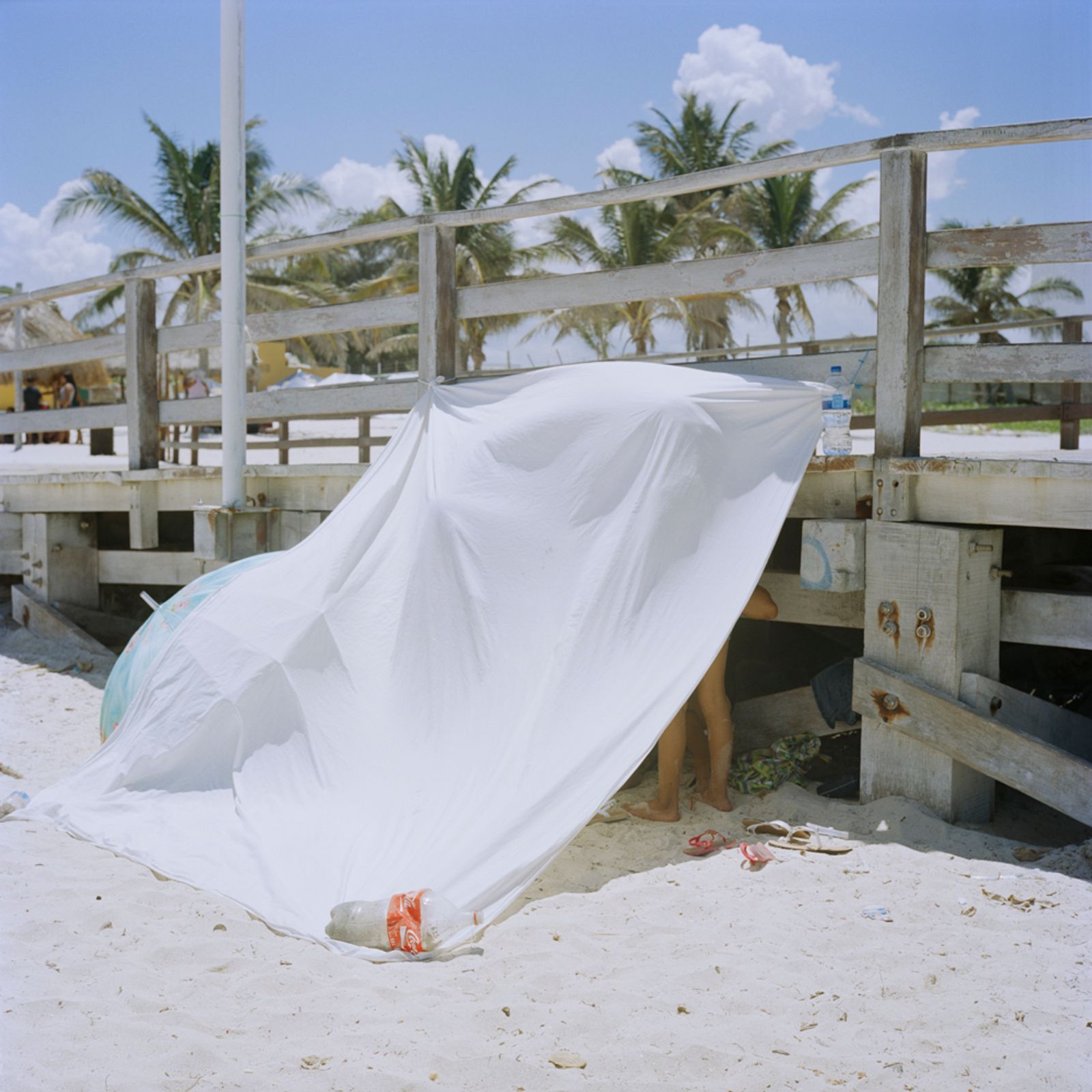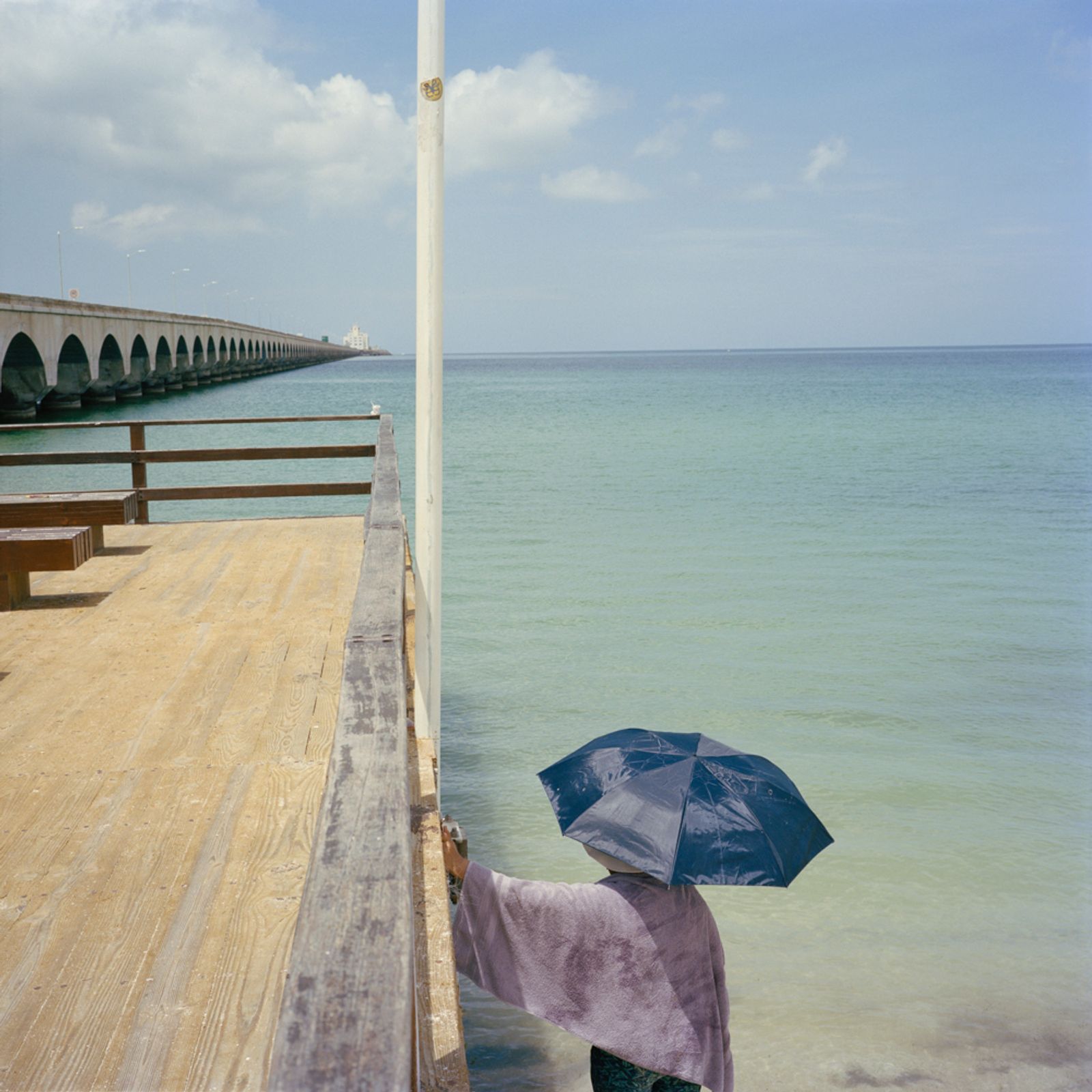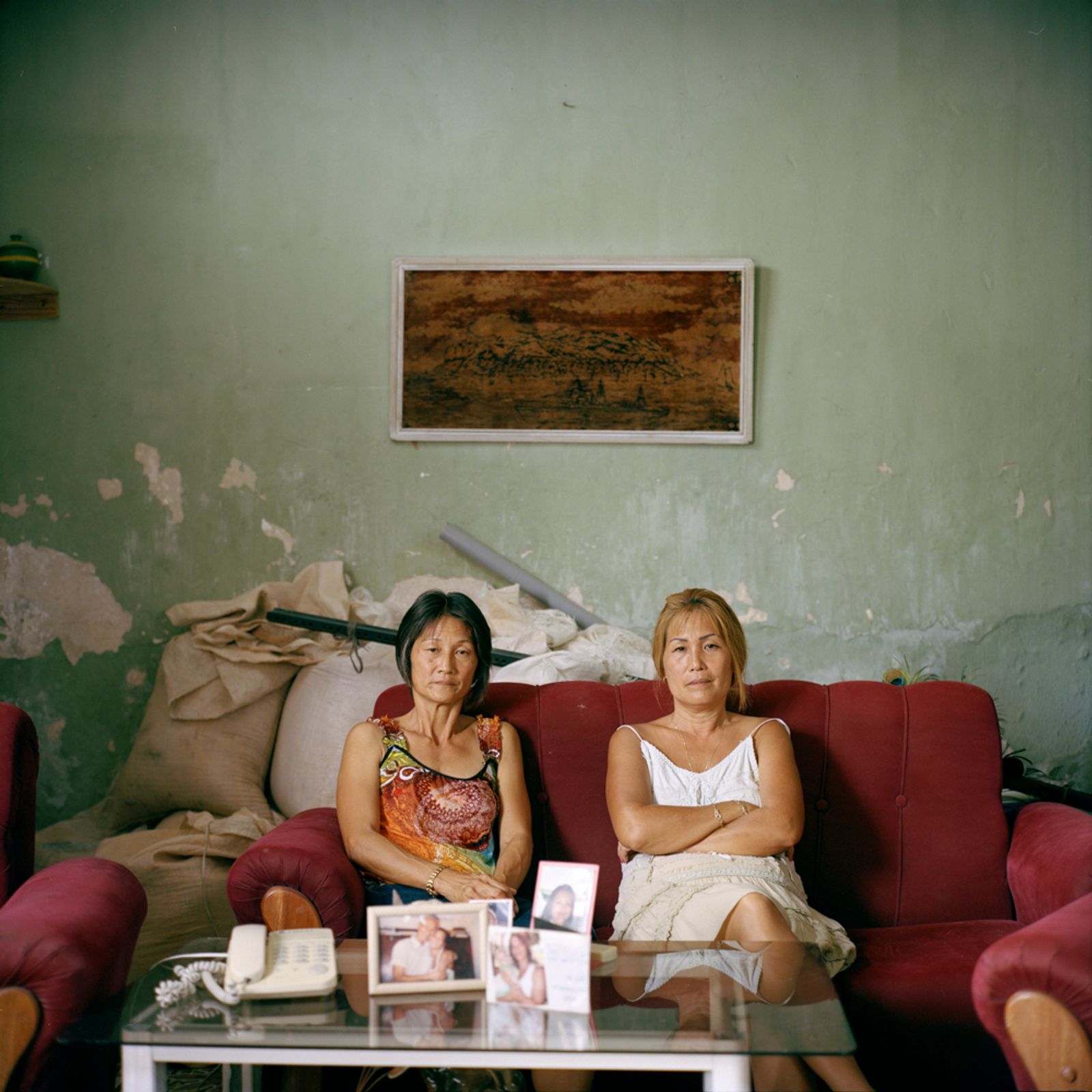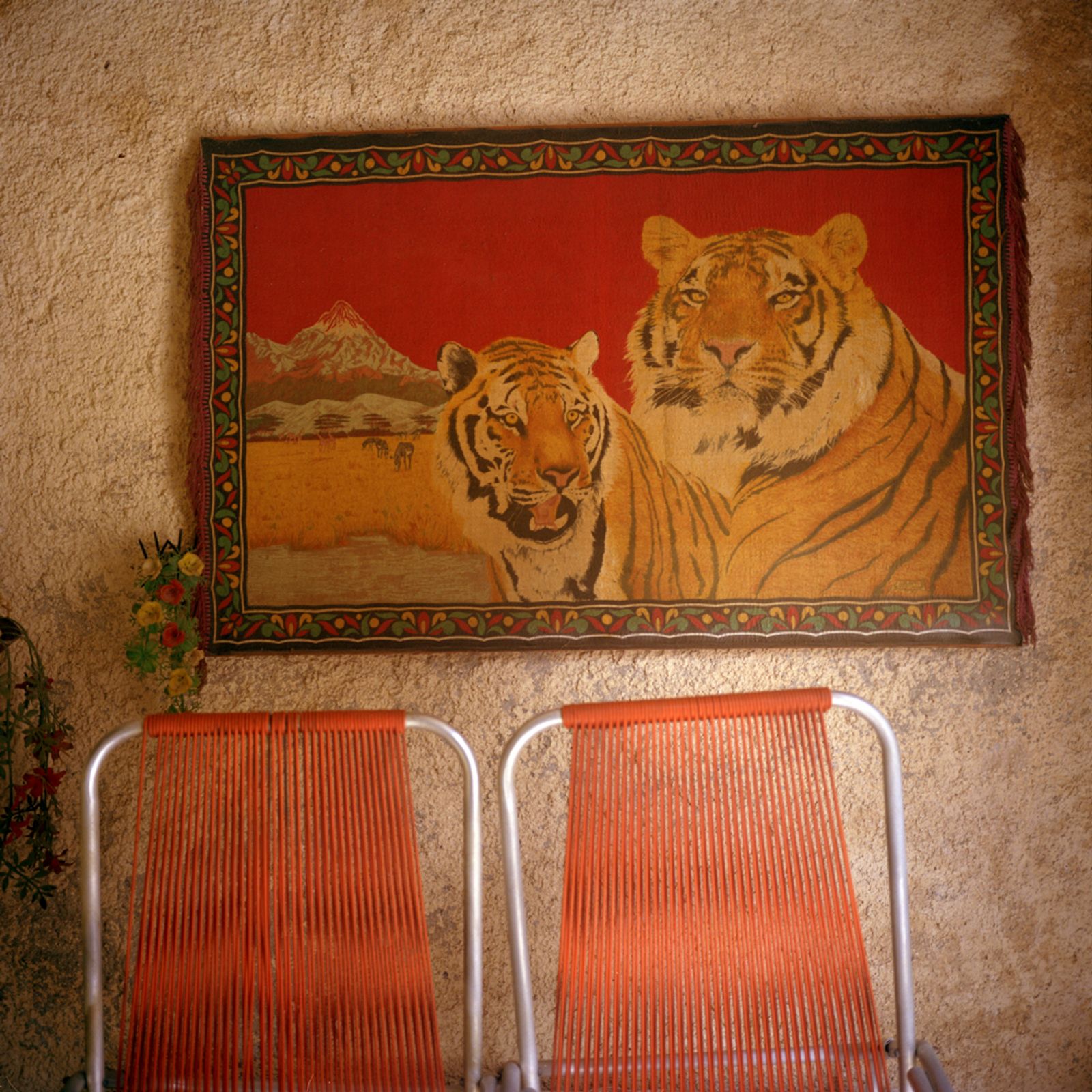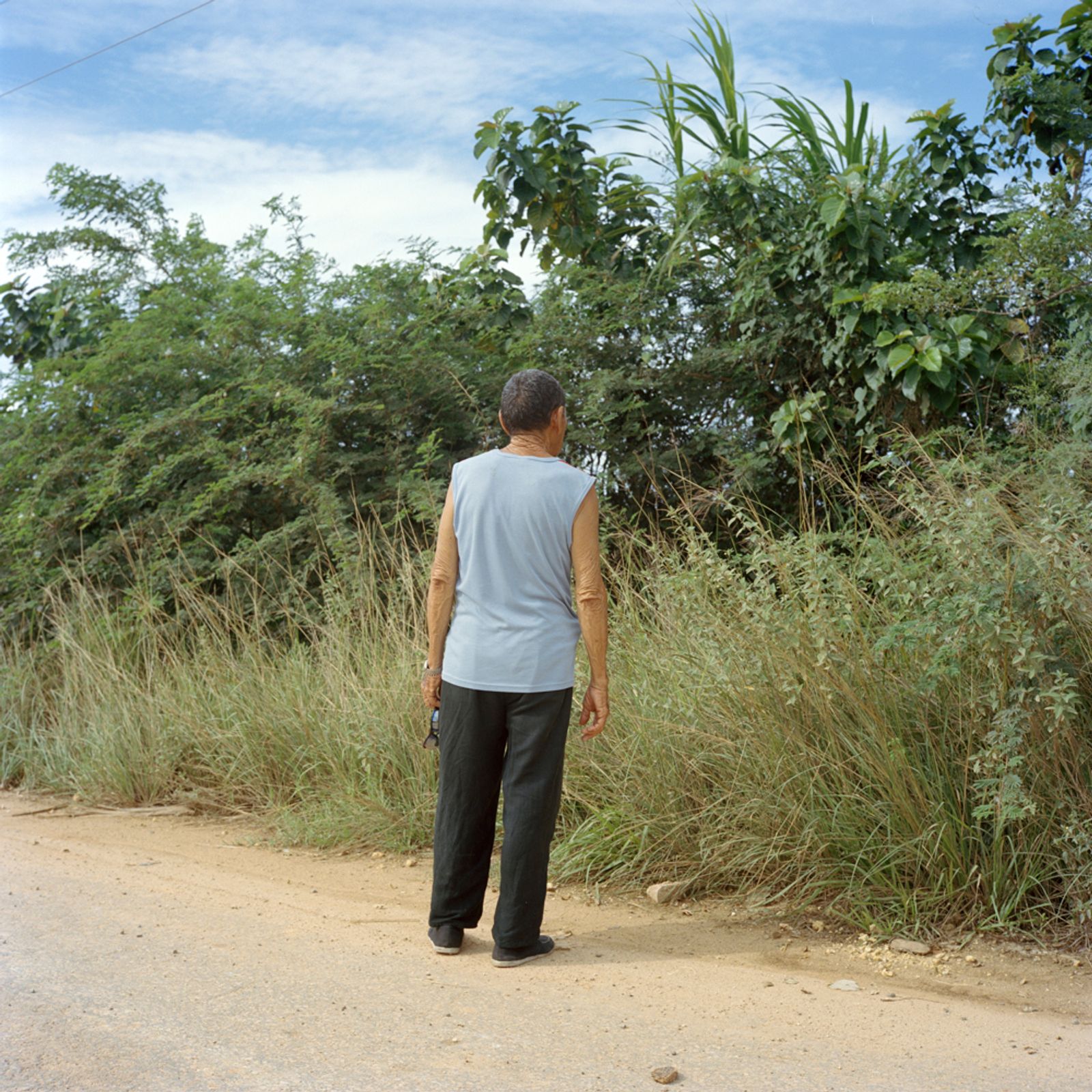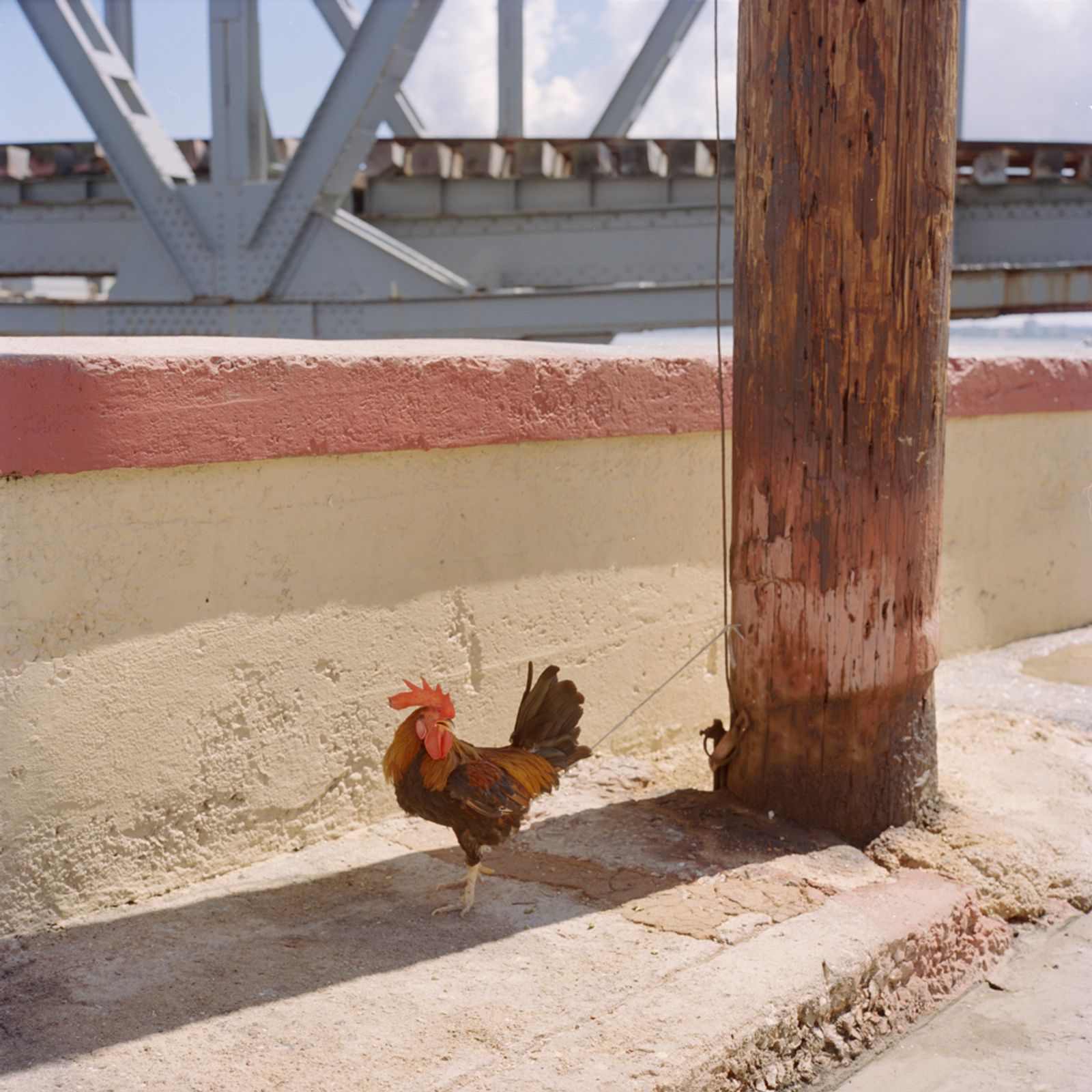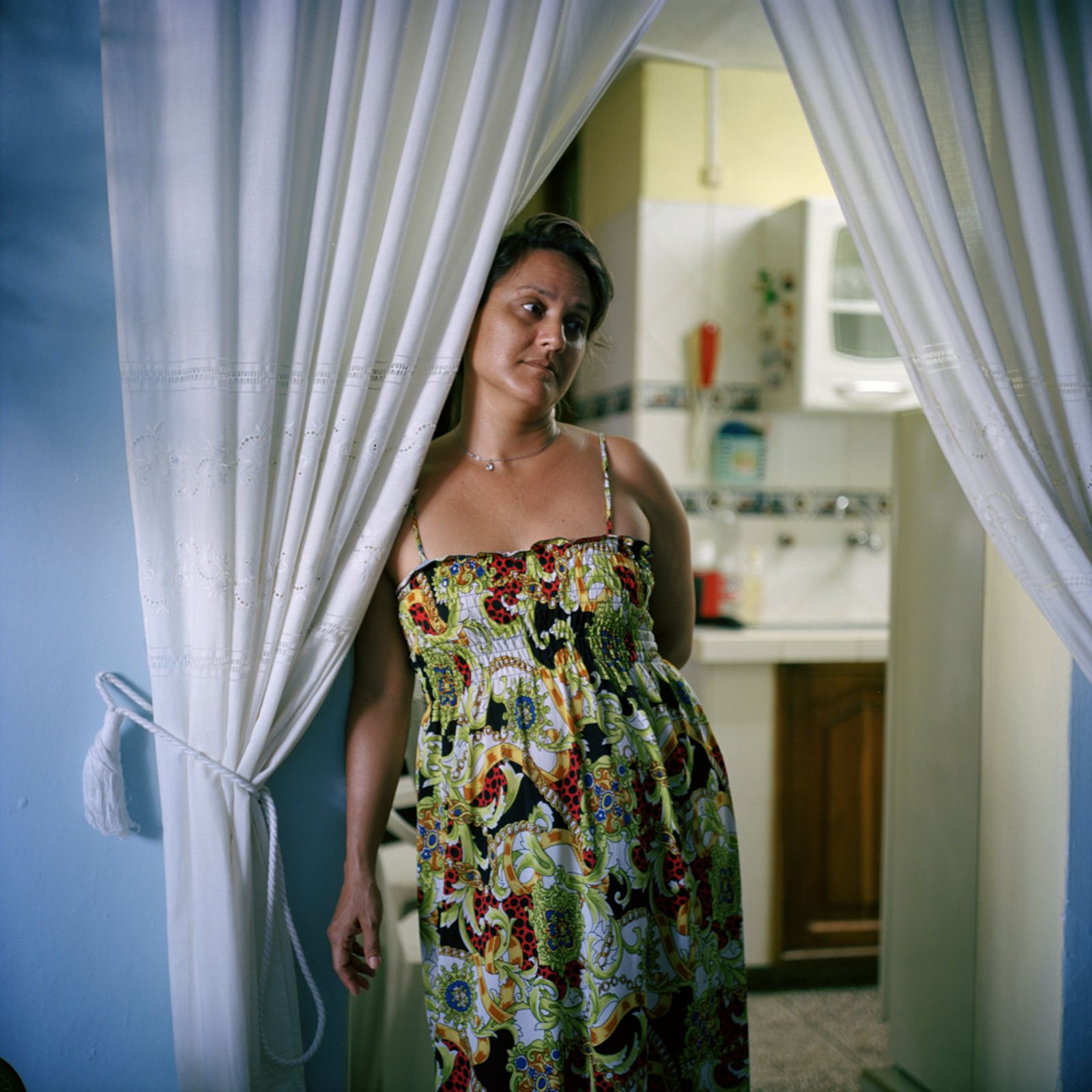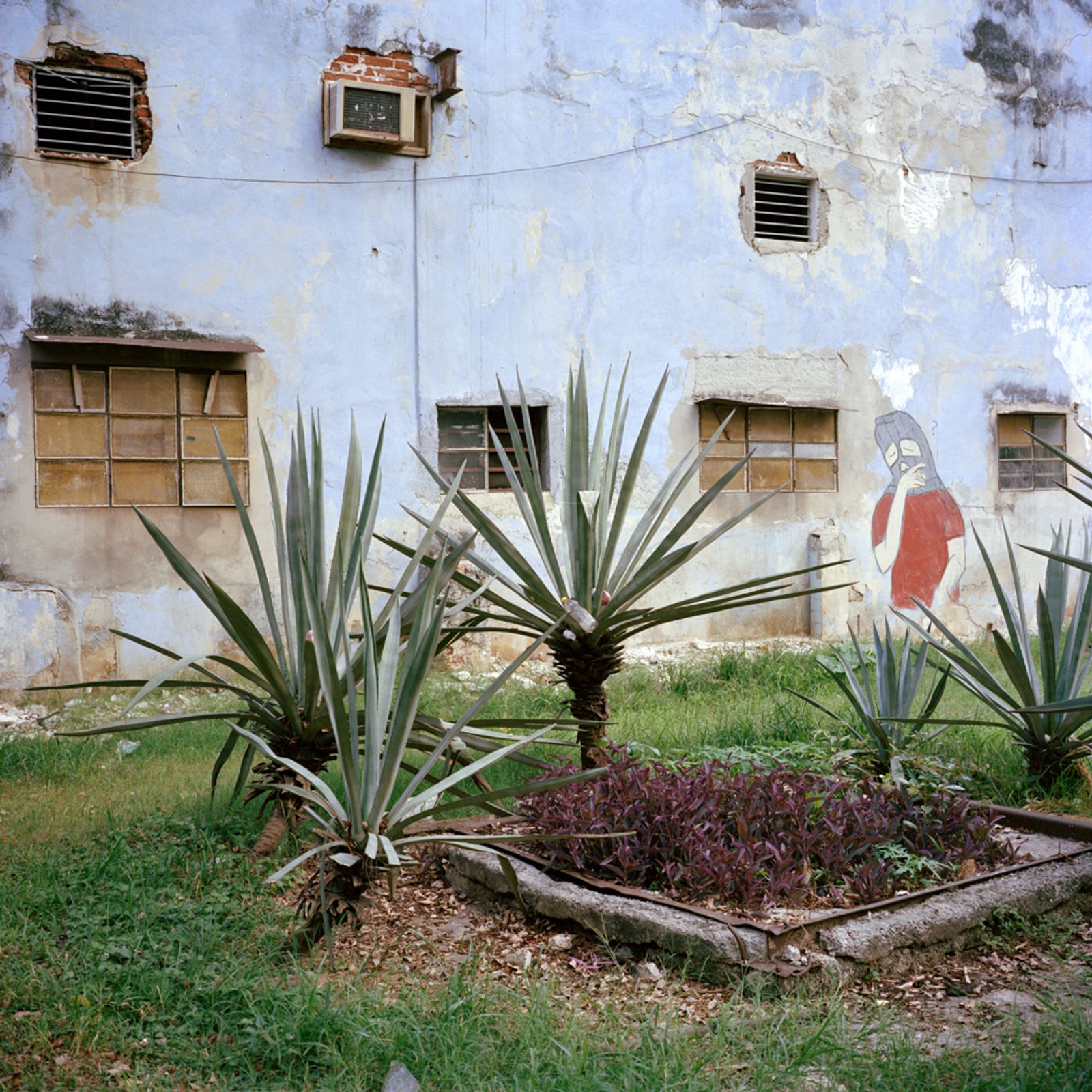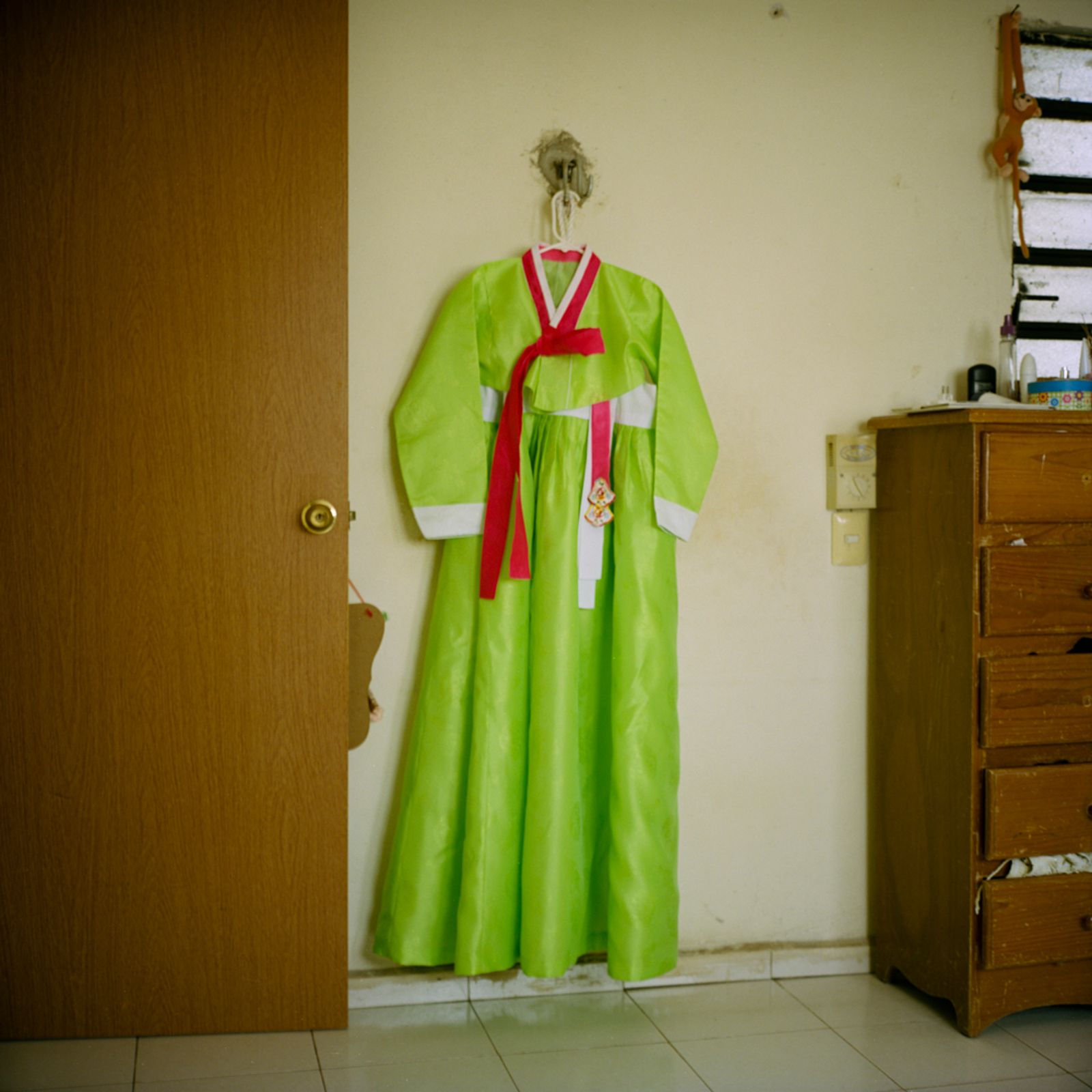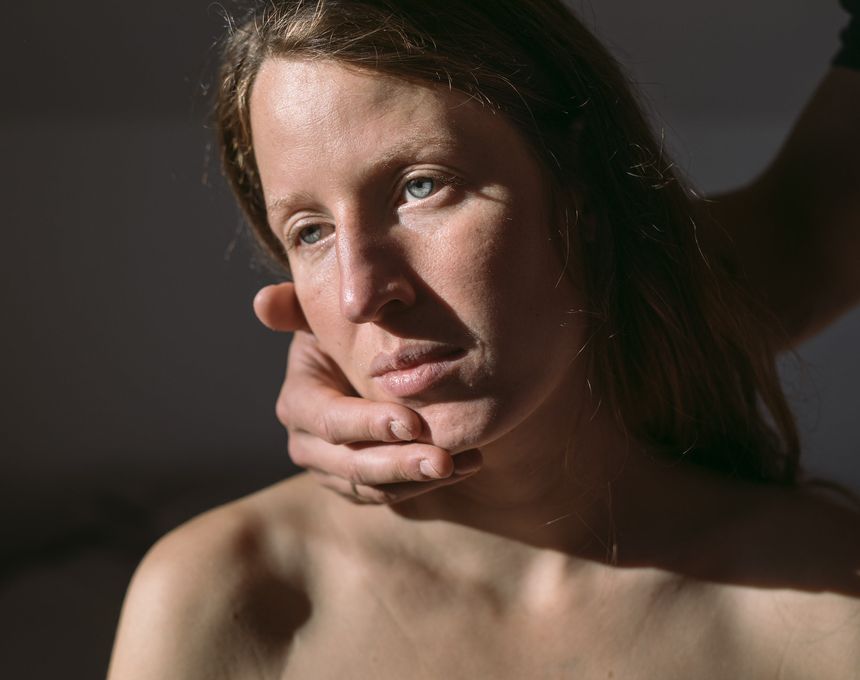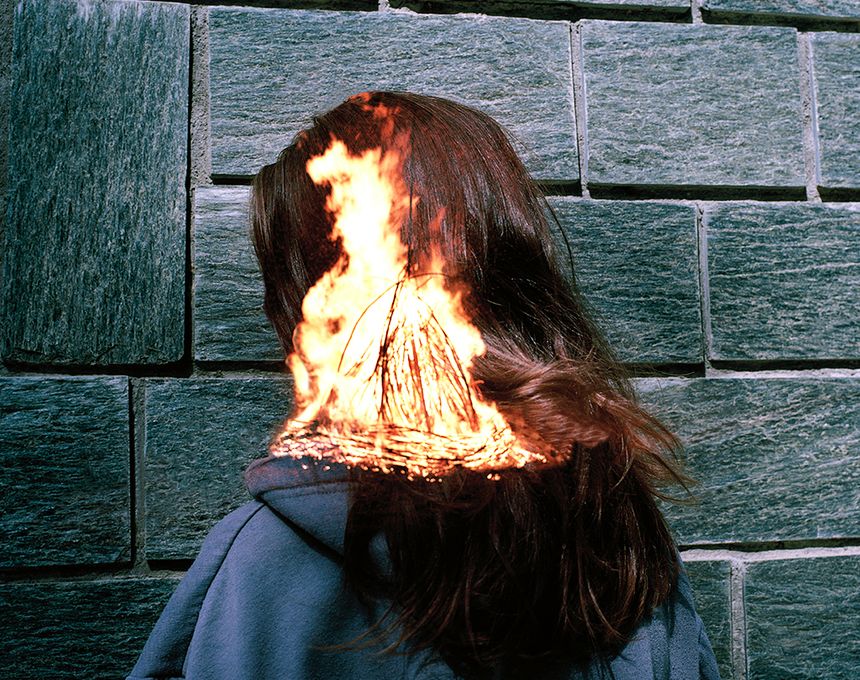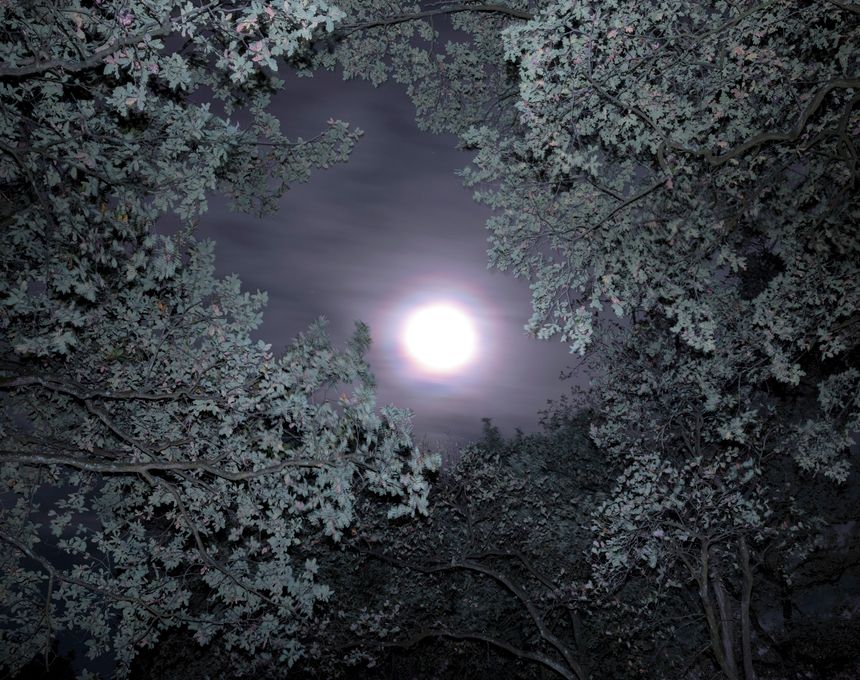Aenikkaeng
-
Dates2016 - Ongoing
-
Author
- Topics Daily Life, Social Issues, Documentary
- Locations Mexico, Cuba
In 1905, around 1,000 Koreans arrived in Mexico. They had departed an impoverished country falling under the crutches of the Japanese Empire, and were promised future prosperity in a paradisiac land. However, once they arrived in Yucatan, they were sold off as indentured servants.
aenikkaeng /ɛ.ni.kɛŋ/ n. [Korean 애니깽; from Spanish henequén.] a Mexican agave found chiefly in Yucatán, used especially in making twine and rope.
In 1905, around 1,000 Koreans arrived in Mexico aboard the SS Ilford. They had departed an impoverished country falling under the crutches of the Japanese Empire, and were promised future prosperity in a paradisiac land. However, once they arrived in Yucatan, they were sold off as indentured servants.
They were set to work in henequen plantations under harsh conditions, harvesting an agave known as Yucatan's green gold. They worked side-by-side with local Mayans, often learning the Mayan language in preference to the Spanish of their masters, and many went on to marry local Mayans.
By the time their contract ended in 1910, Korea had already been incorporated into the Japanese Empire. With no homeland to return to, they decided to stay in Mexico. Some went on to seek work elsewhere in Mexico and in Cuba.
Taking from stories told by the descendants of Korean henequen workers in Mexico and Cuba, this project provides a poetic account of their memories.
